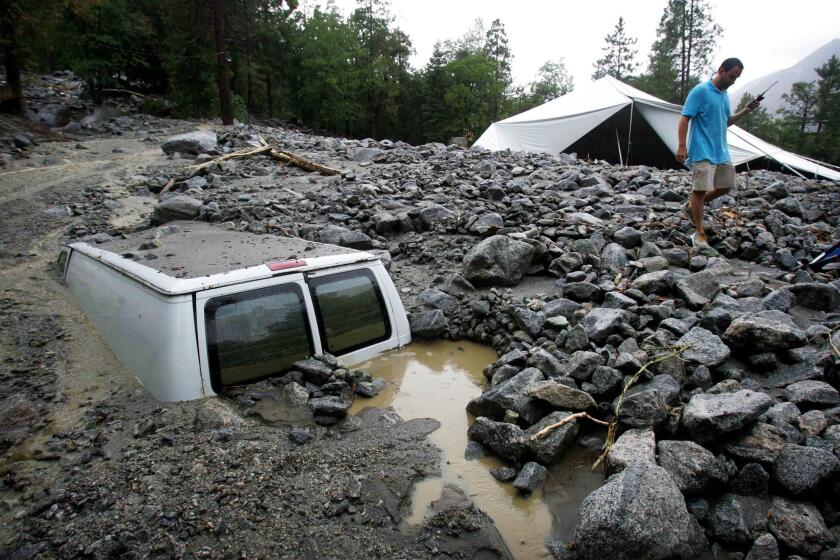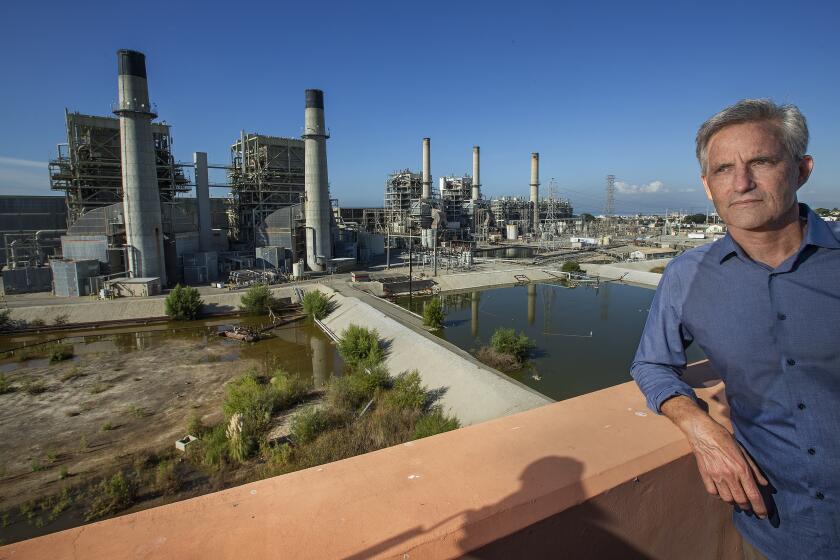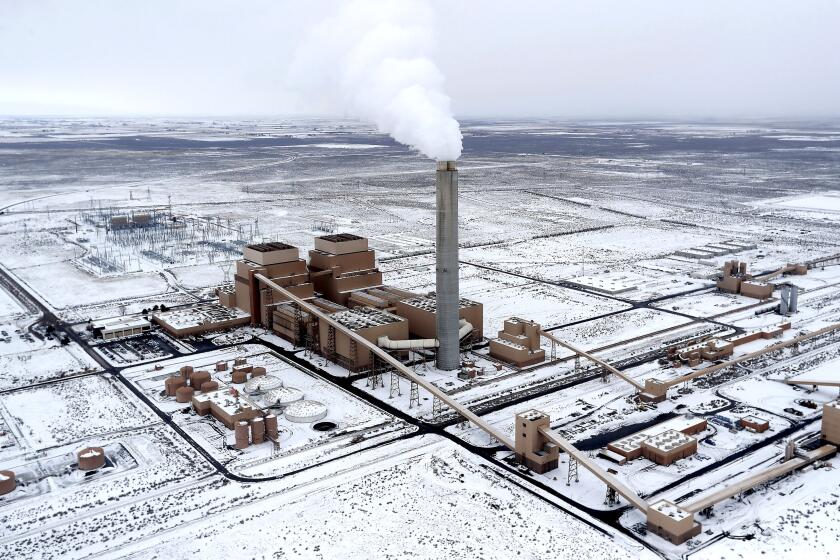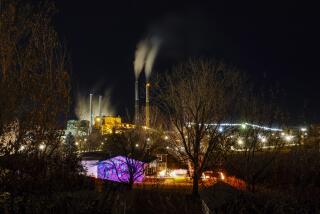Coal plants are closing across the West. Here are the companies sticking with coal
For nearly half a century, the deserts and plains of the American West have been punctuated by coal-burning furnaces and towering smokestacks — hulking power stations that have sustained small-town economies and fueled the growth of the region’s major cities, from Los Angeles to Phoenix to Seattle.
The first month of the new decade landed like a sledgehammer on those industrial giants.
January 2020 began with two coal-fired generators in Montana shutting down for good. A few days later, a subsidiary of billionaire investor Warren Buffett’s Berkshire Hathaway committed to closing a coal unit in Arizona this year. The same week, an electric cooperative based in Colorado also pledged to shutter a New Mexico coal plant by the end of 2020.
Two weeks after that, Arizona’s biggest utility promised to retire its last coal plant seven years ahead of schedule.
“I feel a little like we were shot out of a cannon into 2020,” said Evan Gillespie, western region director of the Sierra Club’s Beyond Coal campaign.
The numbers tell the story: There are just 20 coal plants in the continental West whose owners haven’t committed to fully retiring them by specific dates, data compiled by the Sierra Club and additional research by The Times show. That’s compared to 49 coal-burning generating stations with units that are slated for closure or have shut down since 2010.
Coal is being pushed off the power grid by competition from cheaper, cleaner energy sources, as well as rising public alarm about climate change and state policies meant to reduce emissions. Nationally, coal supplied just a quarter of the country’s electricity last year, down from nearly half in 2010, according to the U.S. Energy Information Administration.
Coal’s share has fallen even lower in the West, to about 21% of electricity generation in 2018.
But a handful of western utilities continue to operate coal plants with no plans to decommission them, defying economic and political headwinds, The Times found.
The holdouts include Black Hills Corp., which serves utility customers in Colorado, Montana, Wyoming and five other states; Tucson Electric Power, a subsidiary of the Canadian holding firm Fortis Inc.; and Buffett’s PacifiCorp utility, which is preparing to shut down some of its coal plants but might operate others for decades.
Several public power agencies — among them Colorado Springs Utilities, Colorado’s Platte River Power Authority and the Phoenix-area Salt River Project — also own coal plants they’ve made no plans to shut down. The other holdouts include nonprofit cooperatives that supply electricity to rural communities across the West.
The 20 western coal plants without retirement dates collectively generated nearly 73 million metric tons of planet-warming carbon dioxide emissions in 2018, counting a few units that have since been closed or scheduled for closure — as much climate pollution as 15 million typical passenger cars.
Those emissions fuel a climate crisis that is contributing to bigger wildfires, hotter heat waves and worsening droughts in California and across the West.
After 10 years of fires, droughts and storms in California, the state’s residents are panicking about climate change.
Coal’s last holdouts
So why are some western utilities holding fast to the dirtiest fossil fuel?
More than half the coal plants without retirement dates are in Montana, Utah and Wyoming — states led by fossil fuel-friendly politicians with little or no regulation requiring cleaner energy. Some of those facilities were built relatively recently and have access to dirt-cheap coal from the Powder River Basin, meaning continuing to operate them is less expensive than transitioning to renewable power, according to Robert Godby, director of the Center for Energy Economics and Public Policy at the University of Wyoming.
Godby pointed to Dry Fork Station near Gillette, which opened in 2011 and may prove to be the last coal plant ever built in the West. The facility is majority-owned by the nonprofit Basin Electric Power Cooperative, which serves customers in nine states. Godby said Dry Fork “has won awards for being the lowest-cost electricity producer in the country.”
Not far from Dry Fork is Gillette Energy Complex, the site of four coal plants majority-owned by South Dakota-based Black Hills Corp.
For companies such as Black Hills, “there’s not a compelling reason to consider closing them yet, other than maybe carbon dioxide emissions. And that’s not something they’re compelled to consider,” because it hasn’t been required by state lawmakers or the federal government, Godby said.
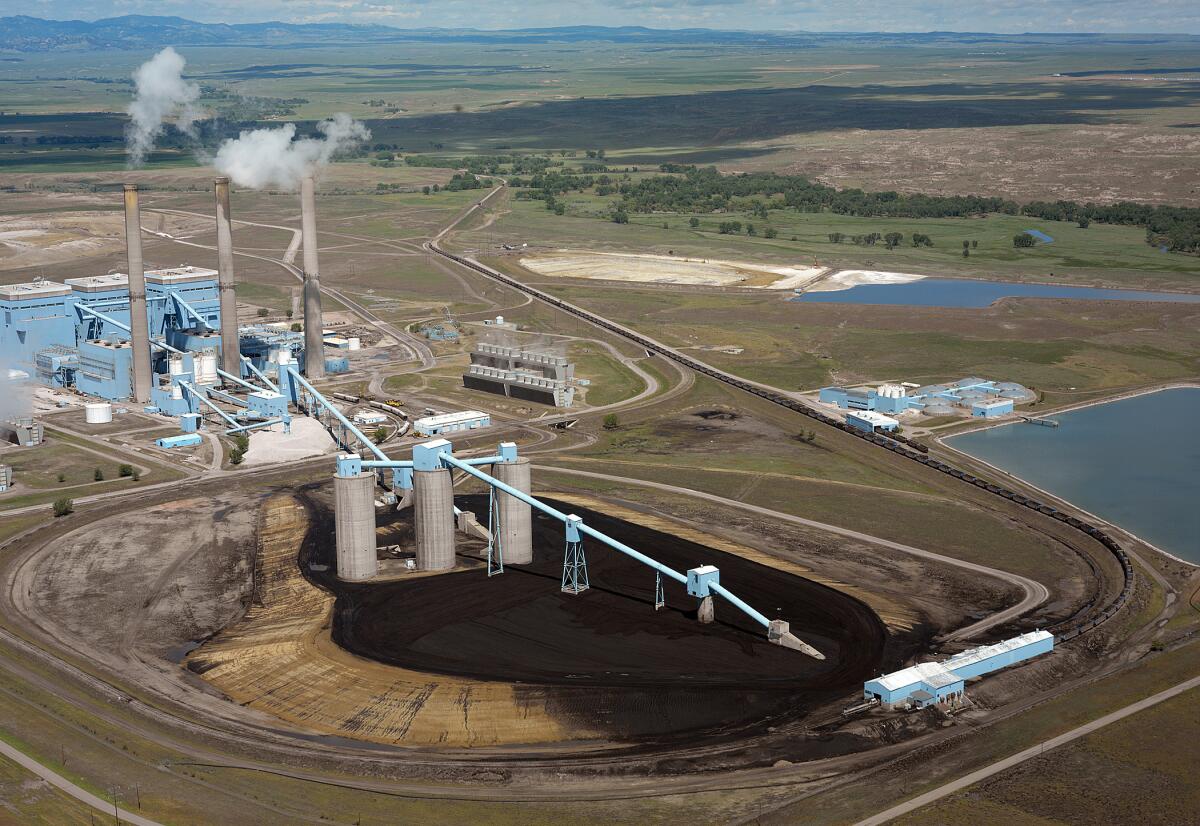
In addition to cost, several utilities contacted by The Times explained their decision to stick with coal by citing a growing concern among power grid managers: reliability.
The basic worry is that without fossil fuels, particularly coal and natural gas, there won’t be enough electricity when the sun isn’t shining and the wind isn’t blowing.
So far, the lights have stayed on across the West. But in California, which has mostly quit coal and is trying to reduce its reliance on another fossil fuel, natural gas, state regulators have warned that electricity shortfalls are possible in the next few years if gas plants close too quickly.
What happens in California may spread, with lawmakers in Nevada, New Mexico and Washington following the Golden State’s lead last year by setting 100% clean energy targets.
“The electric grid in the United States is the largest single machine in the entire world, and it is an incredibly complicated thing to manage and balance,” said Ron Roberts, director of generation at Puget Sound Energy, a Seattle-area utility in the process of quitting coal. “You’ve got to have some combination of resources that you can turn on.”
With a 2020 shutdown deadline looming, four coastal gas plants have become an early battleground in an increasingly urgent debate.
Reliable power was NorthWestern Energy’s main consideration last year when it agreed to buy part of Puget Sound’s stake in Colstrip Steam Electric Station, a coal plant in Montana.
NorthWestern, which serves homes and businesses in Montana and two other states, gets more than half its electricity from carbon-free resources and has promised further emissions reductions. But the additional power from Colstrip “will provide more of the 24/7 capacity we need at the lowest possible cost,” spokeswoman Jo Dee Black said in an email.
“When the wind doesn’t blow and ice on the rivers means our hydro facilities are generating less, Colstrip is a reliable resource,” she said.
What’s killing coal
But in the rapidly changing energy business, today’s reliable resources can quickly become obsolete.
Lithium-ion battery prices have fallen 87% since 2010, according to the research firm BloombergNEF, spurring a wave of utility investments in solar and wind farms paired with energy storage. And low natural gas prices have fueled a gas plant building boom, providing a lower-cost 24/7 alternative to coal.
Between gas and batteries, it’s getting harder to argue that coal is needed for reliability, said Joshua Rhodes, an energy system modeler at the research firm Vibrant Clean Energy.
“I’m not saying it’s not economically legitimate in some locations, but those locations are very few and far between,” Rhodes said.
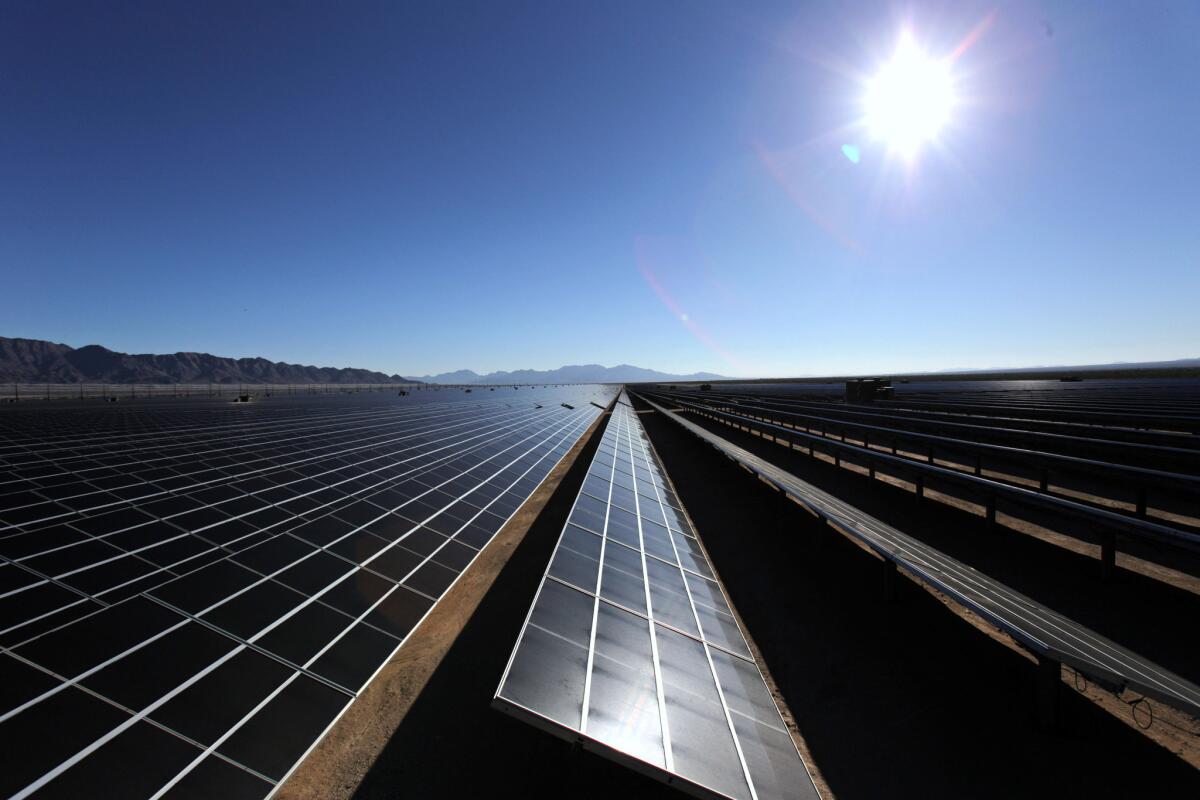
Although some energy providers are investing in gas, western utilities are increasingly looking to solar farms, wind turbines and giant batteries to replace their coal plants.
Take Arizona Public Service, a subsidiary of Pinnacle West Capital Corp.
Arizona utilities are required to get just 15% of their electricity from renewable sources by 2025, a paltry fraction compared to clean energy standards in neighboring states. But last month, Arizona Public Service announced it would transition to 100% carbon-free electricity by 2050 and shut down the remaining coal units at Four Corners Generating Station in New Mexico — which was once a major power source for Southern California Edison — no later than 2031, seven years earlier than anticipated.
As recently as 2017, Arizona Public Service proposed building more than 5,000 megawatts of gas plants — two and a half times as much power as Four Corners produced in its heyday. But last month, the utility predicted technological advances will “eliminate the need to supplement renewable energy with even low-emitting carbon resources like natural gas.”
“We expect to achieve environmental and economic gains without undermining our commitment to affordable, reliable service,” CEO Jeff Guldner said in a written statement.
The Eland solar contract had been delayed due to concerns raised by the city electrical workers union.
Tri-State Generation and Transmission — an electric cooperative whose members serve customers across nearly 200,000 square miles of Colorado, New Mexico, Nebraska and Wyoming — offered a similar explanation for its decision to shutter Escalante Generating Station in New Mexico by the end of 2020, a quarter-century earlier than previously planned.
The accelerated timeline “is driven by the economics of operating the power plant in a competitive power market, and by Tri-State’s addition of low-cost renewable resources,” Chief Executive Duane Highley said in a written statement last month.
Political pressure has played a role in coal’s decline too.
The best recent example may be Colorado, where then-U.S. Rep. Jared Polis was elected governor in 2018 after campaigning on 100% renewable energy.
The month after the election, Xcel Energy — a Minneapolis-based company that operates Colorado’s largest utility — pledged to reduce its planet-warming emissions 80% by 2030 and 100% by 2050. The company released a statement featuring laudatory quotes from the governor-elect and Denver’s mayor.
“We’re accelerating our carbon reduction goals because we’re encouraged by advances in technology, motivated by customers who are asking for it and committed to working with partners to make it happen,” Xcel’s chief executive, Ben Fowke, said in a written statement.
Xcel hasn’t set deadlines for decommissioning its three Colorado coal plants, but it will almost certainly need to retire at least some of them before 2030 to meet its carbon-cutting timeline. Spokeswoman Julie Borgen said in an email that the company is “evaluating a wide range of options, including operational changes and coal generating unit retirements.”
No market for coal
Two other coal-burning Colorado utilities say they are exploring paths to 100% carbon-free electricity, with Platte River Power Authority targeting 2030 and Colorado Springs Utilities more tentatively investigating a 2050 timeline. Neither utility has committed to fully exiting coal by a specific date — at least not yet.
Elsewhere in the West, several utilities are shedding some of their coal, but not all of it.
The Phoenix-area Salt River Project, for instance, committed last month to shutting Coronado Generating Station in eastern Arizona no later than 2032. But the utility hasn’t set a retirement date for the coal unit it owns at Springerville Generating Station, just a few miles south of Coronado.
Utility spokesman Scott Harelson noted that Springerville is “the youngest coal asset in our fleet.”
“It started operation in 2009, so there are significant financial considerations when discussing its closure date,” he said in an email.
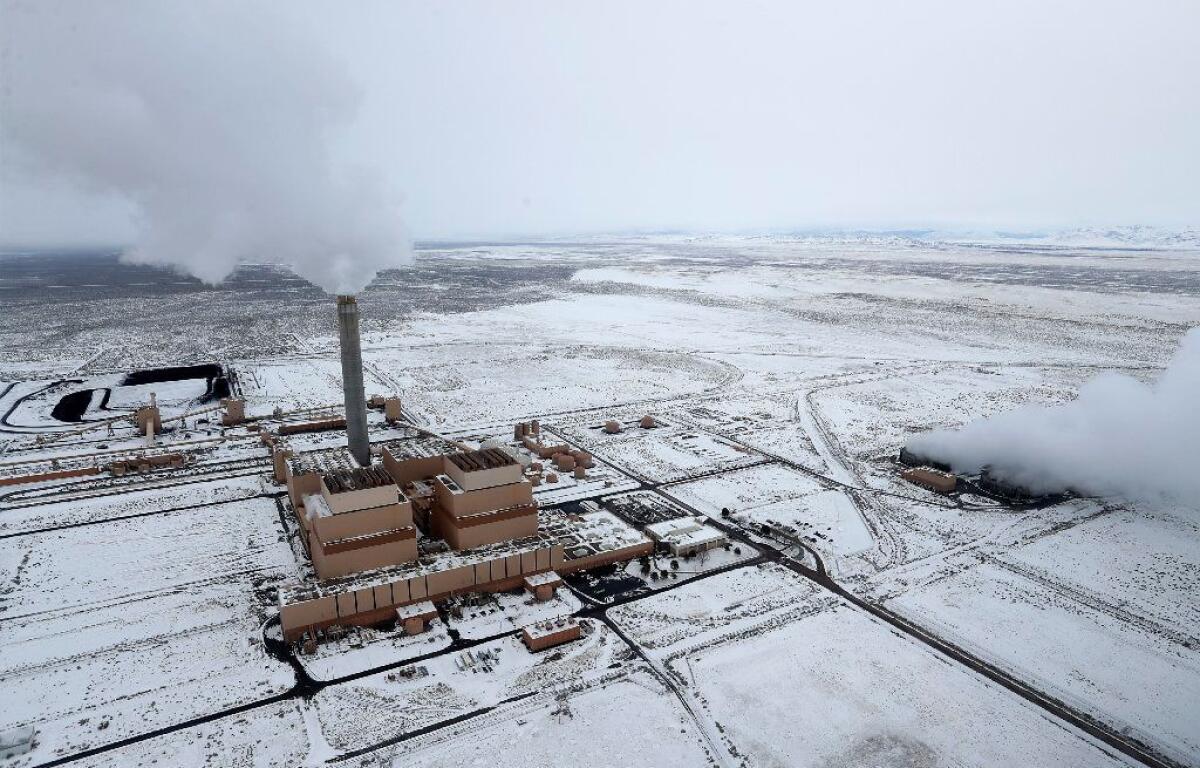
Spingerville’s other owners are the nonprofit Tri-State and the privately owned Tucson Electric Power, neither of which has made plans to exit the coal plant.
There are also no plans to close the final coal unit Apache Generating Station in southeastern Arizona, which is owned by Arizona Electric Power Cooperative. The cooperative noted in its latest annual report that the unit can burn a combination of coal and gas, reducing costs and emissions, and that it converted another unit at Apache from coal to gas in 2017.
L.A. will build a gas-fired power plant in Utah, even as Mayor Eric Garcetti touts a “Green New Deal” to fight climate change.
For most of those coal plants, shutdown is likely a question of when, not if.
In a striking example of how far coal power has fallen, NorthWestern Energy agreed to acquire part of Puget Sound Energy’s stake in the Colstrip plant for a low, low price: $1.
Puget Sound’s Roberts said the purchase price reflects a simple fact of life in the West: “There is not a market right now for coal.”
The writing on the wall
No utility better illustrates the shifting economics and politics of coal than Berkshire Hathaway subsidiary PacifiCorp, whose parent company is controlled by the investing guru Buffett. The utility majority-owns half a dozen coal plants and serves customers in Idaho, Oregon, Utah, Washington, Wyoming and a small portion of California.
As recently as 2015, PacifiCorp planned to keep operating much of its coal fleet indefinitely. But the company has faced pressure from lawmakers in Oregon and Washington — where state laws require a phaseout of coal power — as well as the Sierra Club, which has challenged PacifiCorp’s cost assumptions in regulatory proceedings.
Last year, the utility updated its economic modeling and determined that closing four of its Wyoming coal units could save ratepayers nearly a quarter-billion dollars. A few months later, it called for retiring most of its Wyoming coal fleet over the next few years, then committed to shutting down a coal unit at Cholla Power Plant in Arizona by the end of 2020.
Clean energy advocates still aren’t satisfied.
PacifiCorp hasn’t announced shutdown timelines for two of its coal facilities, Hunter Power Plant in Utah and Wyodak at Gillette Energy Complex in Wyoming. And the company plans to keep operating several other coal generators into the mid-2030s — far too long with the planet facing a climate crisis, critics say.
“You see a lot of utilities setting these far-off goals,” the Sierra Club’s Gillespie said. “What’s far more meaningful to the climate right now is near-term action.”
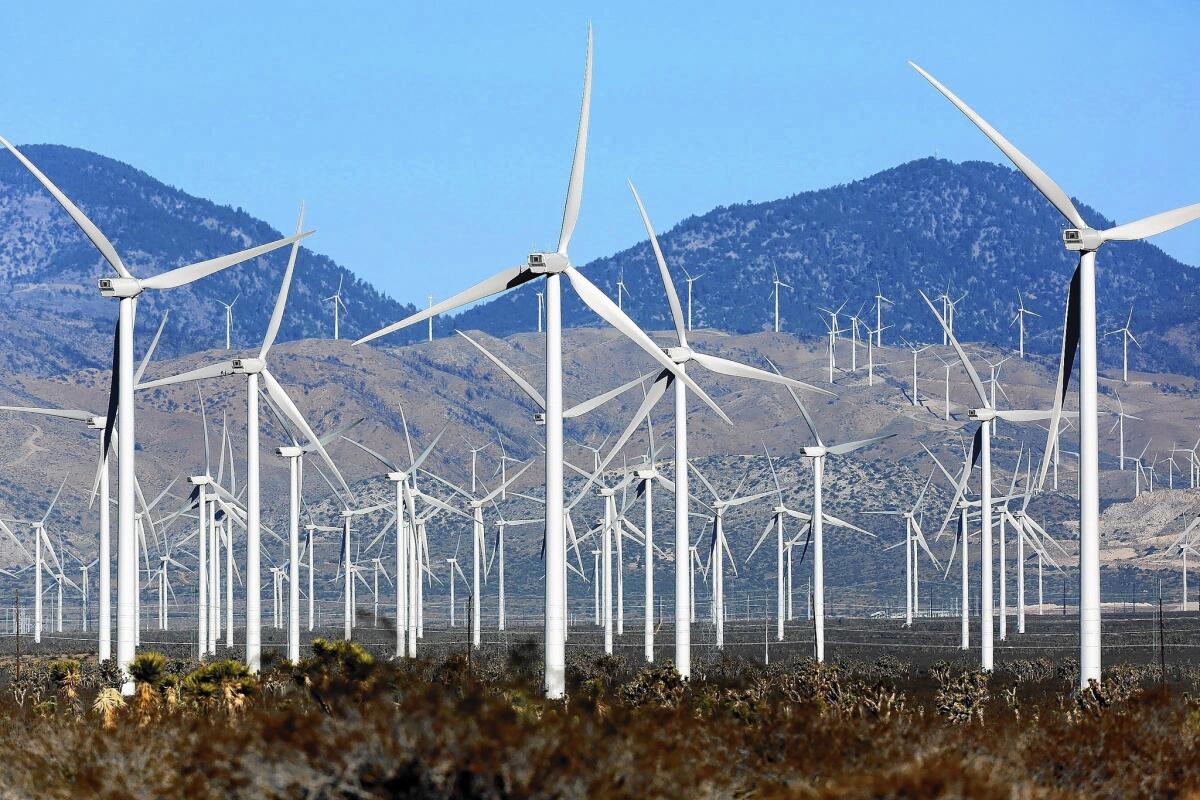
PacifiCorp spokesman Bob Gravely said the utility expects to add about 6,000 megawatts of renewable resources over the next five years, in part to replace generation from retiring coal plants. Asked if other coal units might be retired ahead of schedule, Gravely said in an email that those generators “will continue to be evaluated against other resource options.”
Still, Berkshire Hathaway officials see the writing on the wall for coal.
Speaking at the VerdeXchange conference in Los Angeles last week, Berkshire Hathaway Energy’s vice president for government relations, Jonathan Weisgall, said more coal plants closed in 2019 than in any year since 2015, despite President Donald Trump’s efforts to support the coal industry. Economics are part of the story, but they’re not the whole story.
“I don’t recall a customer calling us recently asking for 100% coal electricity,” Weisgall said. “It tends to be 100% renewable.”
